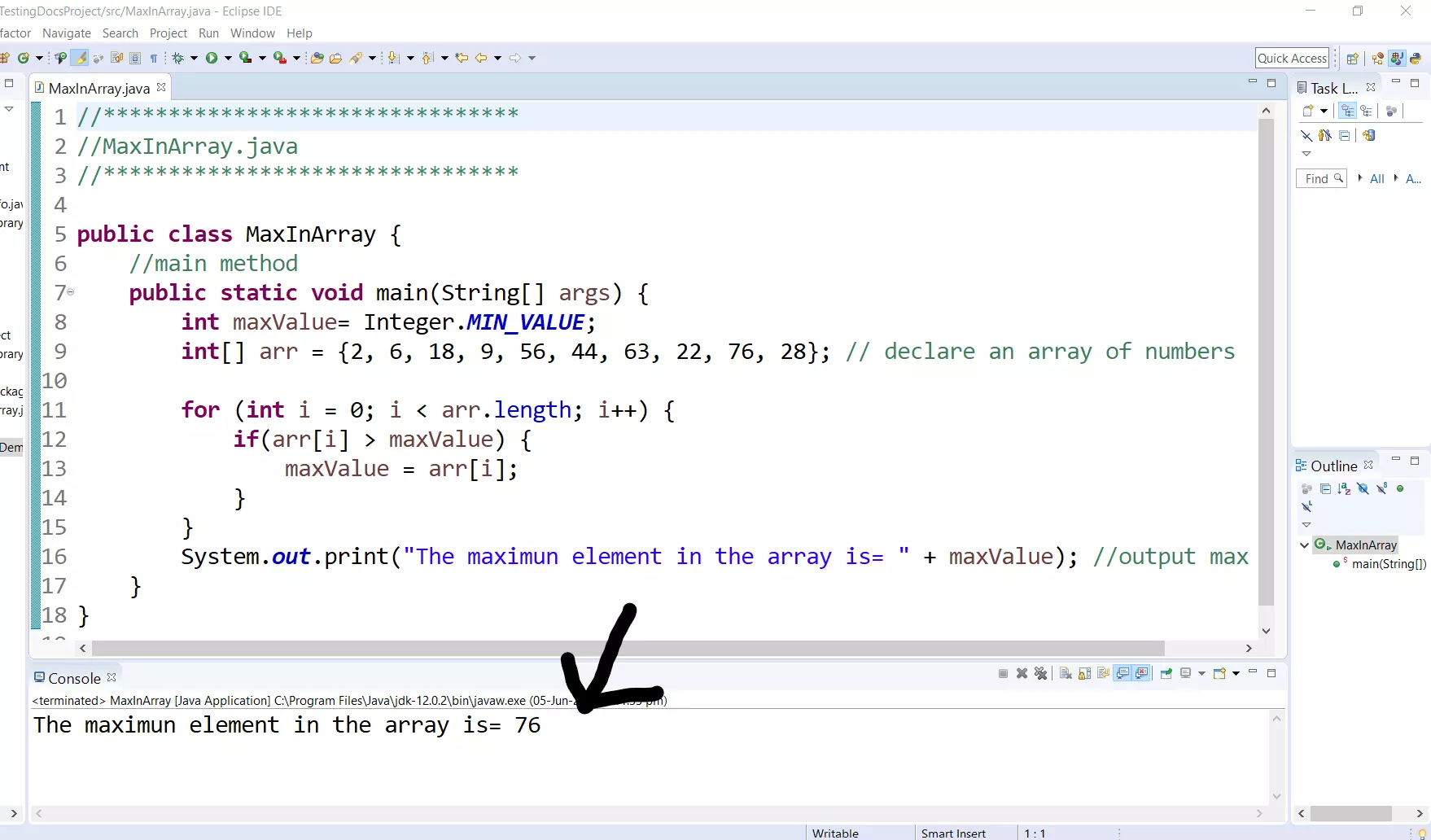

Returns an array containing all of the elements in this list in the correct order the runtime type of the returned array is that of the specified array. Throws NullPointerException if the specified array is null. Returns an array containing all of the elements in this list in the correct order. Returns the number of elements in this list. Throws IndexOutOfBoundsException if the specified index is out of range (index = size()). Replaces the element at the specified position in this list with the specified element. Removes from this List all of the elements whose index is between fromIndex, inclusive and toIndex, exclusive. Protected void removeRange(int fromIndex, int toIndex) Throws IndexOutOfBoundsException if the index out is of range (index = size()). Removes the element at the specified position in this list. Returns the index in this list of the last occurrence of the specified element, or -1 if the list does not contain this element. Returns the index in this list of the first occurrence of the specified element, or -1 if the List does not contain this element. Returns the element at the specified position in this list. Increases the capacity of this ArrayList instance, if necessary, to ensure that it can hold at least the number of elements specified by the minimum capacity argument. More formally, returns true if and only if this list contains at least one element e such that (o=null ? e=null : o.equals(e)).

Returns true if this list contains the specified element. Returns a shallow copy of this ArrayList. Removes all of the elements from this list. Throws NullPointerException if the specified collection is null. Inserts all of the elements in the specified collection into this list, starting at the specified position. Throws NullPointerException, if the specified collection is null. Throws IndexOutOfBoundsException if the specified index is out of range (index size()).Īppends the specified element to the end of this list.Īppends all of the elements in the specified collection to the end of this list, in the order that they are returned by the specified collection's iterator. Inserts the specified element at the specified position index in this list. The capacity grows automatically as elements are added to an array list.Īpart from the methods inherited from its parent classes, ArrayList defines the following methods − Sr.No. The capacity is the size of the underlying array that is used to store the elements. This constructor builds an array list that has the specified initial capacity. This constructor builds an array list that is initialized with the elements of the collection c.

This constructor builds an empty array list. When objects are removed, the array may be shrunk.įollowing is the list of the constructors provided by the ArrayList class. When this size is exceeded, the collection is automatically enlarged. After arrays are created, they cannot grow or shrink, which means that you must know in advance how many elements an array will hold.Īrray lists are created with an initial size. Standard Java arrays are of a fixed length. ArrayList supports dynamic arrays that can grow as needed.
#Array java code#
The example code of the declaration of an empty array by predefined size in Java and then initialize that array’s values are as follows.The ArrayList class extends AbstractList and implements the List interface. In this case, we will provide the size to the array before runtime, and then the array will be declared according to the size. We can declare an empty array using the new keyword with a predefined size. Declare of an Empty Array Using new Keyword With Predefined Size There are two major ways to declare an empty array in Java using the new keyword that is as follows. data-type array-name = new data-type ĭata-type array-name = new data-type The syntax of declaring an empty array is as follows. After the declaration of an empty array, we can initialize it using different ways.

There are many ways to convert List to Array in java Using toArray() method We can use toArray() method to convert List to String.
#Array java how to#
To declare an empty array in Java, we can use the new keyword. Table of ContentsUsing toArray() method Using Java 8’s StreamUsing pyOfUsing System.arraycopyManual method In this post, we will see how to convert List to Array in java. The new keyword initiates an object dynamically (runtime allocation of memory), and returns the reference of that object’s memory. new Keyword to Declare an Empty Array in Java There are several ways to declare an array in Java, but we can only do this dynamically. This tutorial article will introduce how to initialize an empty array in Java.


 0 kommentar(er)
0 kommentar(er)
